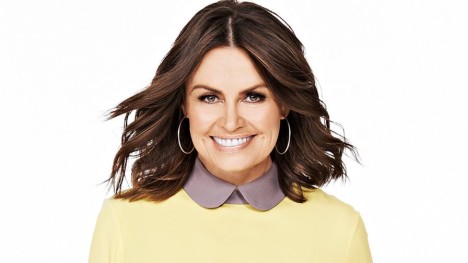Goodbye, Dolly: Ex-editors Dunk, Wilkinson, Go and Cousins on a big sister who answered embarrassing questions
Following the axing of Dolly magazine this week, former editors Lisa Wilkinson, Marina Go, Lucy Cousins and Tiffany Dunk reminisce about the title’s cultural impact upon Australia



Great to hear from these editors …. having been in the industry a long time, this of course makes me sad; a lot of losses this year and no doubt more to come. A part of me wants there to be a retro movement a few years down the track, in the same vein as the rise and rise of the vinyl record, but maybe I’m dreaming….
All I know is that reading anything on a device isn’t the same as holding the paper version. I will continue to miss the lack of intimacy it brings.